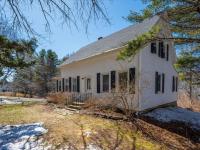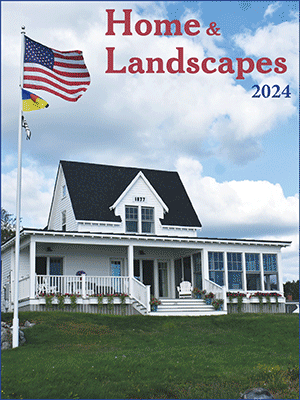The facts about the school vote
Dear Editor:
There is a lot misinformation circulating regarding the potential high school project and possible alternatives. Here are the facts:
Enrollment Trends: Currently there are 171 students attending BBRHS. It’s been suggested that there has recently been a “dramatic decline” in the school’s population. In reality, enrollment has been steady since 2017 (a covid related low in 2021 of 167 and a high of 192 in 2017). Given the current 7th and 8th grade enrollment, the high school is projected to be 190 in 2025, a net increase of 19 over this year. The elementary school’s enrollment is the highest since 2016.
The cost of voting down “Question 2”: Even if Question 2 is defeated we face a tax increase. Given the school’s condition, if we repair rather than replace it, we will need to address necessary repairs at an estimated cost of $1,300,000 annually for 20 years. In other words, maintaining a substandard and energy inefficient building, leaving us with the same problematic facility.
Interest rates: Fortunately, schools can borrow from the state at a current municipal bond rate of approximately 4%.
The cost of a regional high school: Some suggest that building a regional school will result in cost savings. Actually, moving to a new location would significantly increase the cost. Using estimates from engineers and architects associated with the project, there would be significant additional infrastructure and site-related costs, dramatically impacting the cost of relocating the school. The estimated cost of building on a new site with 6,5% escalation of costs follows:
If built today: $108,000,000
In 2 years : $122,000,000
In 5 years: $148,000,000
In 10 years: $202,000,000
Compare that with the $60,200,000 cost of building on the current campus. .
Square footage per student: Concerns have been expressed regarding the square footage per student for the proposed school. Inevitably, this data is larger at smaller schools, resulting from the fact that gymnasiums, and auditoriums, similarly sized regardless of student population, inflates the calculation for smaller schools. A comparison of spaces related only to instruction and student services puts the proposed new school in line with similarly sized schools.
In the end, I hope you will consider the importance of providing our young people with the best possible education. Education isn’t cheap. The alternative is far more costly.
Erik Bertelsen
Boothbay



















